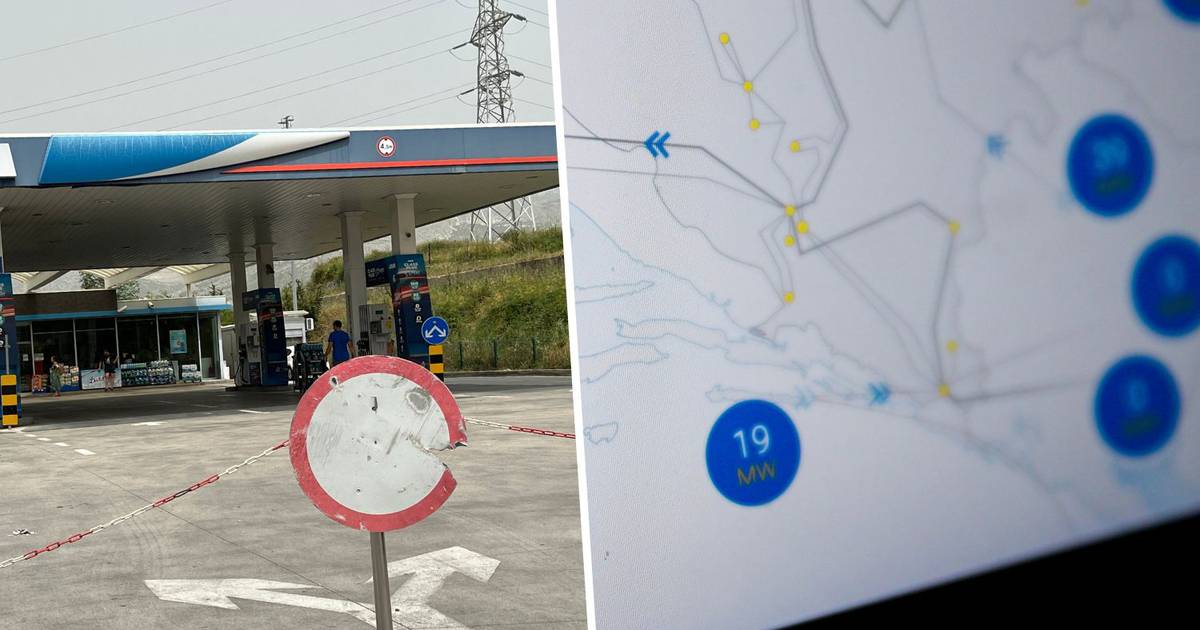The recent blackout and power collapse remain shrouded in mystery, with experts speculating that it was due to an overload that spread through the transmission lines, causing a domino effect. Professor Željko Tomšić, from the Institute for High Voltage and Energy, explains that the European power system is all interconnected, making it challenging to identify the source of the overload and restore normalcy.
The professor notes that coordination is needed to address the situation, with consumers being asked to switch off to reduce the overload. The normalization process is complex and requires managing demand for electricity to prevent further disruptions. One of the likely causes of the collapse was excessive use of air conditioning during hot weather.
Experts also point out that Croatia is part of a larger interconnected system, and incidents in neighboring countries can impact local power supply. Outdated electrical transmission systems in some regions could contribute to failures during periods of high demand.
The experts emphasize the need for modernization of the distribution system to accommodate a higher share of renewable energy sources. They suggest that a complete rebuild of the system would require significant investment but would be necessary to ensure reliable and sustainable energy supply in the future.
In conclusion, while we may not have all answers about what caused this blackout and power collapse, it’s clear that our energy infrastructure needs upgrading if we want to prevent future disruptions from occurring. It’s time for policymakers to take action and invest in modernizing our energy distribution systems before another disaster strikes.



